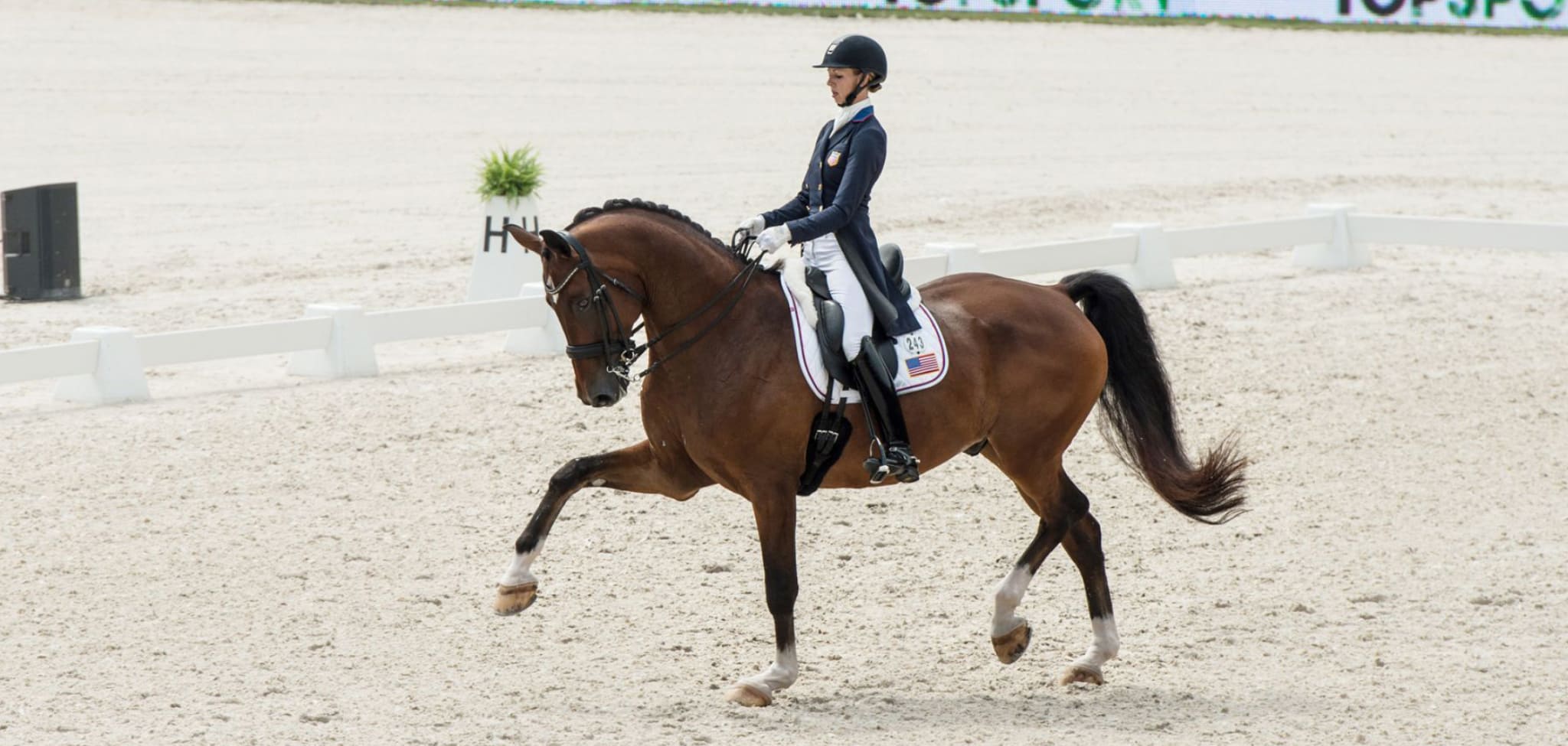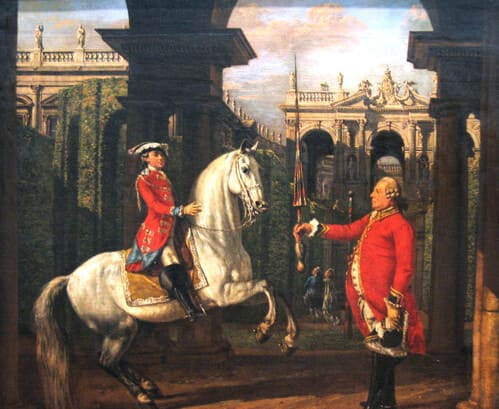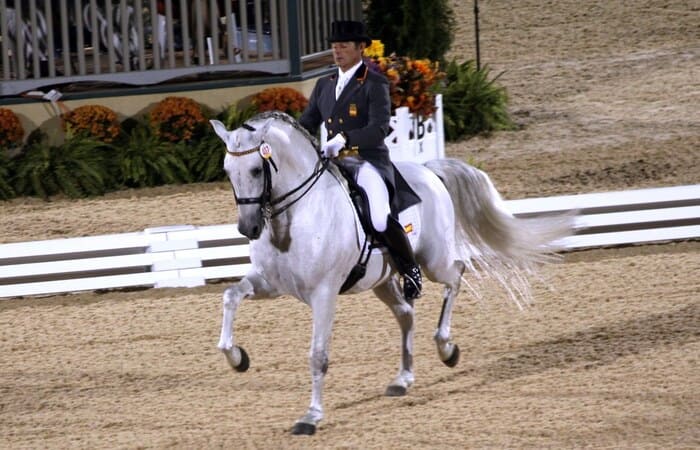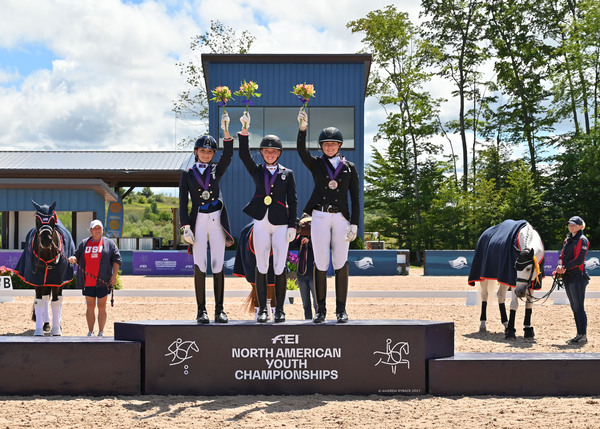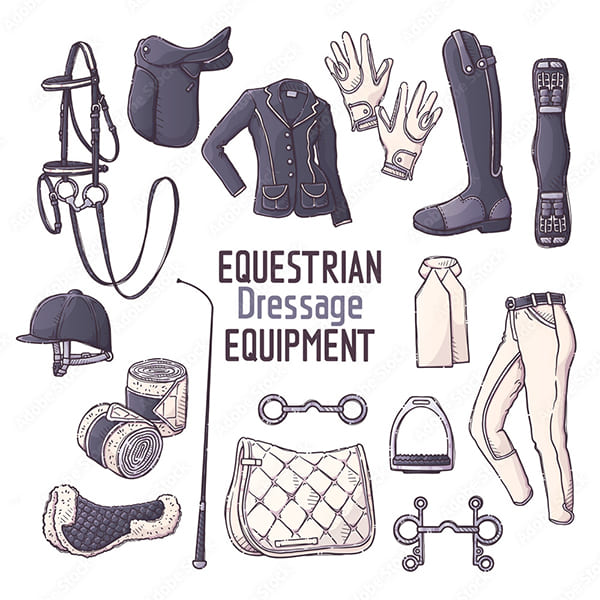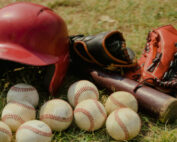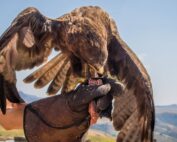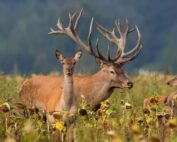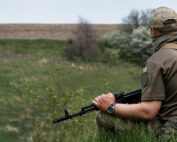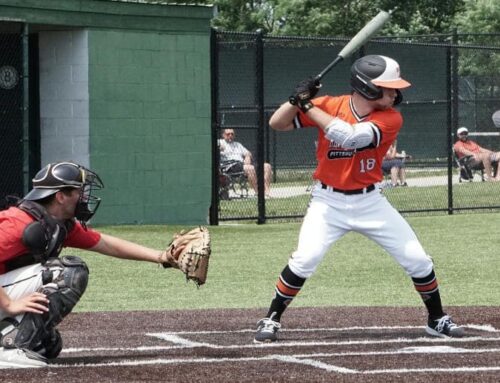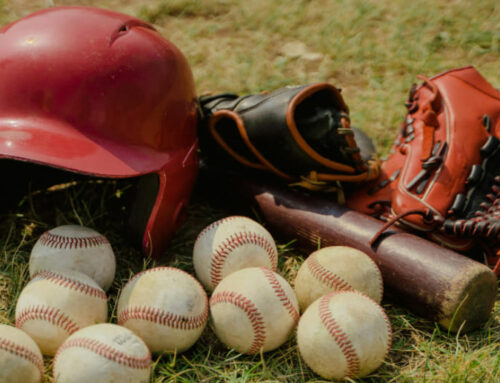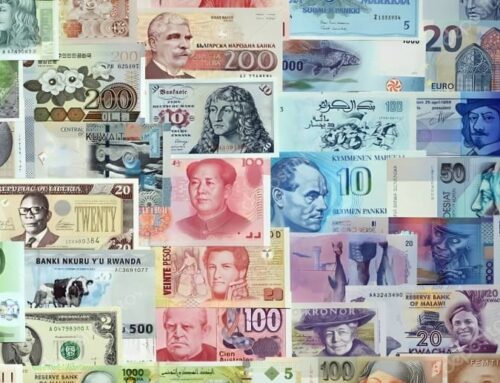Mastering the Art of Dressage: Elegance in Motion
Dressage, often referred to as “horse ballet,” is a discipline that combines beauty, precision, and athleticism in perfect harmony. In this article, we will delve into the enchanting world of dressage, exploring its history, fundamentals, training techniques, and the deep connection between rider and horse. Whether you’re a seasoned equestrian or just starting your journey with horses, this guide will offer insights into the artistry and grace of dressage.
A Brief History of Dressage
Tracing the Origins
The term “dressage” finds its roots in the French word “dresser,” which means “to train” or “to prepare.” Dressage, as an equestrian discipline, has a rich history deeply rooted in classical horsemanship traditions. It has its origins in the ancient methods of training warhorses, where precision, obedience, and harmony between horse and rider were paramount. These historical practices laid the foundation for the modern sport of dressage.
Evolution of Dressage as an Equestrian Discipline
Over the centuries, dressage evolved from a practical military necessity into a refined equestrian art form. It became an Olympic sport in 1912 and has continued to captivate audiences worldwide with its grace and elegance. Modern dressage combines the traditions of classical horsemanship with a focus on the athletic abilities of both horse and rider.
The Fundamentals of Dressage
The Importance of the Rider’s Seat
Achieving mastery in dressage begins with the rider’s seat. The seat is the primary point of contact between the rider and the horse, and it’s the foundation upon which all other skills are built. A rider must learn to sit in balance and harmony with the horse, providing clear and subtle cues through their seat.
Achieving Balance and Harmony
Balance is key in dressage. Riders must find equilibrium in the saddle, ensuring they don’t lean forward or backward, left or right. Achieving this balance allows the horse to move freely and comfortably, resulting in fluid and harmonious movements.
The Role of the Aids in Dressage
In dressage, riders communicate with their horses through aids: leg, hand, and seat cues. These aids are the language of dressage, conveying subtle messages to the horse. Effective communication relies on precise aids, and riders must learn to use them in harmony to achieve the desired responses from their horses.
Understanding the Aids: Legs, Hands, and Seat
Leg aids provide impulsion and direction. The rider’s legs can ask the horse to move forward, sideways, or engage the hindquarters. Hand aids control speed and direction, with gentle rein contact guiding the horse’s head carriage and balance. The seat influences balance, rhythm, and movement. A rider’s weight aids and subtle shifts in their seat communicate with the horse about pace, stride length, and transitions.
The Dressage Horse: A Masterpiece in Training
Selecting the Ideal Horse for Dressage
Not all horses are suited for dressage. While any horse can benefit from dressage training, certain breeds, such as Warmbloods and Andalusians, excel due to their natural athleticism and temperament. These breeds often possess the conformation and movement ideal for dressage. However, with the right training and dedication, horses of various breeds can succeed in dressage.
In our comprehensive guide on Exploring the World’s Best Horse Breeds, we delve deeper into the ideal breeds for various equestrian disciplines, including the captivating art of dressage.
The Art of Dressage Training
Dressage training is a journey that requires patience and commitment. It starts with building a strong foundation through basic movements such as circles, turns, and transitions between gaits. As the horse progresses, more advanced exercises like lateral work, collection, and extension are introduced. Dressage training is about developing the horse’s physical and mental abilities to perform with precision and grace.
Dressage Levels and Their Requirements
Dressage offers a tiered system of competition levels, each with its own set of requirements and expectations. These levels are designed to provide a structured path for riders to develop their skills progressively.
Introductory Levels
The introductory levels of dressage are the starting point for many riders. These levels prioritize the fundamentals of dressage, focusing on establishing a solid foundation of basic skills. Requirements for introductory classes typically include:
- Introductory Tests: Introductory tests consist of simple movements such as circles, straight lines, and transitions between gaits (walk, trot, and canter). The goal is to demonstrate control, balance, and rhythm.
- Simplicity: Movements are straightforward, and riders are not required to perform advanced or intricate exercises.
- Emphasis on Rider Position: Judges look for a correct rider position with effective use of aids (legs, hands, and seat). Balance and harmony between rider and horse are essential.
- Basic Transitions: Smooth and balanced transitions between gaits and within gaits are emphasized.
Rising Through the Levels
As riders gain experience and proficiency at the introductory levels, they can progress to higher levels. The requirements become more challenging, and riders are expected to demonstrate a deeper understanding of dressage principles. Key points to note as riders rise through the levels include:
- Movement Complexity: Higher-level dressage tests introduce more complex movements and exercises, such as lateral work (e.g., leg-yield and shoulder-in), collection, and extensions.
- Greater Precision: Precision in executing movements becomes crucial. Riders must showcase improved accuracy in geometry and timing.
- Refinement of Aids: Riders refine their use of aids to communicate with the horse with subtlety and precision. The horse’s responses to the rider’s cues should become more immediate and precise.
- Balance and Collection: Collection, where the horse carries more weight on its hindquarters and elevates the forehand, becomes a significant focus in the higher levels. This enhances the horse’s ability to perform advanced movements.
Upper-Level Dressage
Upper-level dressage represents the pinnacle of the sport, where riders and horses perform advanced movements with grace and precision. Key features of upper-level dressage include:
- Advanced Movements: Movements like the piaffe (a highly collected trot in place), passage (an elevated and slow trot), pirouettes (tight, controlled turns), flying changes (changes of lead while cantering), and half-pass (diagonal movement with a sideways element) are featured.
- Exceptional Harmony: Riders and horses at this level showcase exceptional harmony, communication, and partnership. Movements are executed with remarkable artistry and grace.
- Higher Technical Difficulty: The technical difficulty of the tests increases significantly, demanding precise execution of advanced movements and transitions.
- International Competitions: Upper-level dressage is often seen in international competitions, including the Olympics and World Equestrian Games, where riders from around the world compete at the highest level.
Freestyle Dressage (Kür)
Freestyle dressage, also known as “Kür,” is a unique and artistic form of dressage where riders choreograph their routines to music. Riders at the upper levels may choose to compete in freestyle dressage, showcasing their creativity in selecting music that complements the horse’s movements. Freestyle dressage tests highlight the fusion of artistry and technical prowess, resulting in captivating performances.
Dressage levels and their requirements offer a structured pathway for riders to progress in their dressage journey. From introductory levels that focus on foundational skills to the upper levels that showcase advanced movements and artistry, each stage represents a stepping stone in the pursuit of dressage excellence. Riders can tailor their training and competition goals to align with their skills and aspirations, making dressage an inclusive and rewarding equestrian discipline for enthusiasts of all levels.
Dressage Competitions: From Local Shows to International Grand Prix
Dressage competitions form the stage where the elegance and precision of dressage are showcased. They come in a variety of formats, catering to riders of different levels and aspirations.
Local Dressage Shows
At the grassroots level, local dressage shows provide an excellent starting point for riders. These events are often held at riding clubs, equestrian centers, or small venues within a community. Local shows are welcoming to newcomers and provide a relaxed atmosphere for riders to gain experience. Riders can compete at introductory levels, where the emphasis is on correct basics and rider-horse harmony. Local dressage shows offer a supportive environment for building confidence and refining skills.
Regional and National Competitions
As riders progress and become more skilled, they may choose to participate in regional and national dressage competitions. These events typically feature a broader range of competition levels, from introductory to intermediate and advanced levels. Regional and national competitions attract riders from a wider geographic area, providing a more competitive environment and a chance to measure their skills against a diverse field of competitors. Success at these levels often requires a higher degree of precision in movements and adherence to dressage principles.
International Grand Prix Dressage
The pinnacle of dressage competition is the Grand Prix level, which is the highest level of dressage recognized by the Fédération Équestre Internationale (FEI). International Grand Prix dressage showcases the extraordinary partnership between rider and horse, with performances that are nothing short of breathtaking. The Grand Prix level includes tests such as the Grand Prix, Grand Prix Special, and Grand Prix Freestyle. Riders and horses at this level execute advanced movements like piaffe, passage, pirouettes, and flying changes with remarkable precision and artistry.
International Grand Prix dressage competitions, including prestigious events like the Olympics and World Equestrian Games, draw top riders and horses from around the world. These events are not only a test of skill but also a celebration of the deep connection and trust between the rider and the horse. The artistic element of dressage shines in the Grand Prix Freestyle, where riders choreograph their routines to music, creating a mesmerizing performance that captivates audiences.
Qualification and Advancement
Advancing through the levels of dressage competition typically requires riders to earn qualifying scores at their current level before moving up. Qualification ensures that riders and horses have mastered the required skills and are prepared for the increased challenges of higher levels. The journey to the Grand Prix level can take years of dedicated training and competition experience.
Judging in Dressage Competitions
Dressage competitions are judged based on objective criteria. A panel of judges assesses each movement and assigns scores for factors such as correctness, balance, impulsion, and rider position. Judges look for precision, harmony, and the horse’s willingness and responsiveness to the rider’s aid. The rider-horse partnership is closely scrutinized, and small details can make a significant difference in the final scores.
Dressage competitions offer a platform for riders to showcase their dedication, training, and profound connection with their horses. Whether competing at the local, regional, national, or international level, dressage riders aim for excellence in every movement. The progression through the levels reflects not only the rider’s commitment to improving their skills but also the horse’s development as an athletic and willing partner. From the local arena to the Olympic stage, dressage competitions are a testament to the beauty and artistry of this remarkable equestrian discipline.
Dressage Movements and Exercises
The Building Blocks of Dressage
Dressage movements start with the basics: the walk, trot, and canter. These gaits serve as the foundation for all dressage exercises. Riders must focus on developing the horse’s rhythm, balance, and responsiveness in each of these gaits. Transitions between gaits and within gaits are essential for suppleness and responsiveness.
Advanced Dressage Movements
At higher levels of dressage, riders, and horses perform breathtaking movements that showcase their athleticism and precision. These include the piaffe (a highly collected trot in place), passage (a slow, elevated trot), pirouettes (tight, controlled turns), flying changes (changes of lead while cantering), and half-pass (diagonal movement with a sideways element). Mastery of these advanced movements is a testament to the dedication and training of both horse and rider.
Dressage Equipment and Tack
Choosing the Right Tack for Dressage
Selecting the appropriate tack is crucial for dressage success. Riders use specialized dressage saddles designed to provide close contact and support a balanced seat. Bridles with snaffle bits are common for dressage, and the choice of a bit depends on the horse’s mouth and level of training. Additionally, dressage riders often use dressage boots and leg protection to ensure the horse’s comfort and safety during training and competition.
Care and Maintenance of Dressage Equipment
Proper care and maintenance of tack are essential to ensure its longevity and effectiveness. Regular cleaning and inspections help prevent wear and tear. It’s crucial to ensure that all equipment fits the horse comfortably and that the bit and bridle are correctly adjusted to maintain clear communication between rider and horse.
The Art of Dressage Riding
Developing the Rider’s Position
Achieving a deep and secure seat is a lifelong pursuit for dressage riders. Proper alignment and posture are paramount. Riders must work on their core strength and flexibility to maintain a still, supple position in the saddle. Developing a secure lower leg and an independent seat allows riders to communicate effectively with the horse without interfering with its movement.
The Connection Between Rider and Horse
Dressage is a dance between rider and horse, and developing a profound connection is essential. Riders must cultivate a deep understanding of their horse’s body language and behavior. Feel and timing are critical aspects of dressage riding, allowing riders to provide subtle cues and corrections to guide the horse’s movements. This deep connection is built through years of partnership and trust.
Dressage Training and Techniques
The Role of the Dressage Trainer
Working with a skilled dressage trainer is invaluable on the journey to mastery. Trainers provide guidance, feedback, and structure to a rider’s training program. They help riders set goals, develop training plans, and refine their skills. Finding the right trainer with whom you connect and communicate effectively is essential for success in dressage.
Common Training Challenges and Solutions
Dressage training presents various challenges, and experienced trainers offer strategies to overcome them. Riders may encounter resistance from their horses, tension in the horse’s body, or difficulties in achieving collection and engagement. Trainers can identify these issues and provide exercises and techniques to address them. Persistence, patience and a willingness to learn are key to overcoming training challenges.
The Beauty of Dressage: Artistry and Aesthetics
The Aesthetic Aspect of Dressage
Dressage extends beyond technique; it encompasses an aesthetic aspect that elevates it to an art form. In freestyle dressage routines, riders and horses perform to music, creating a captivating spectacle. The choice of music and choreography enhances the beauty and emotional impact of the performance. Additionally, dressage attire, with its elegant tailcoats and top hats, adds to the spectacle, emphasizing the tradition and grace of the discipline.
Dressage as an Art Form: Harmony, Rhythm, and Expression
Dressage at its highest level is a symphony of harmony, rhythm, and expression. The horse and rider become one, moving in perfect unity. The horse’s movements are not just technically correct but also expressive and breathtaking. Achieving this level of artistry requires years of dedicated practice and a deep understanding of the nuances of dressage.
Dressage and Horsemanship: A Lifelong Journey
The Ongoing Pursuit of Excellence
Mastery in dressage is an ongoing journey that continues to evolve. Riders must remain dedicated to learning and improving their skills. As they progress through the levels and refine their abilities, they deepen their bond with their horses. Dressage becomes a lifelong pursuit of excellence, where riders continually seek to enhance their understanding and performance.
The Benefits of Dressage Beyond the Arena
The lessons learned in dressage extend far beyond the confines of the riding arena. Dressage fosters discipline, patience, and a profound understanding of horsemanship. These qualities translate into improved horsemanship skills and a deeper connection with all horses, not just those trained in dressage. The principles of balance, rhythm, and communication are universal and can be applied to various equestrian disciplines.
Conclusion: The Enchantment of Dressage
Dressage is more than a sport; it’s a journey into elegance, precision, and the profound connection between horse and rider. As you embark on your dressage adventure, remember that the beauty of this art lies in the lifelong pursuit of excellence.
FAQs
Q1: Is dressage only for experienced riders?
A1: Dressage is suitable for riders of all levels, from beginners to advanced. It offers a structured path for skill development, making it accessible to riders with varying experience levels.
Q2: What equipment do I need to start dressage?
A2: Basic dressage equipment includes a well-fitting saddle, bridle, and appropriate attire. As you progress, you may invest in dressage-specific bits and boots.
Q3: How long does it take to become proficient in dressage?
A3: The timeline varies for each individual. Proficiency in dressage is a journey that can take years of dedicated practice and learning, but the rewards are well worth the effort.
Q4: Can any horse be trained in dressage?
A4: While some horses are naturally more suited to dressage due to their conformation and temperament, almost any horse can benefit from dressage training to improve balance, responsiveness, and overall athleticism.
Q5: What are the benefits of dressage for riders and horses?
A5: Dressage enhances rider balance, posture, and communication skills. For horses, it improves strength, flexibility, and responsiveness, leading to better overall well-being.
Q6: Are there age restrictions for participating in dressage competitions?
A6: Many dressage competitions are open to riders of all ages. Some events may have specific divisions for juniors, young riders, and adults.
Dressage is a captivating journey that promises both personal growth and a deep connection with these magnificent animals. Whether you aspire to compete at the highest levels or simply appreciate the beauty of this art, dressage offers a world of discovery and wonderment.
If you’re interested in exploring various equestrian disciplines, including dressage, check out our comprehensive guide on The Ultimate Guide to Different Horseback Riding Styles.
RECENT POSTS
History of Baseball
History of Baseball: From Its Origins to Modern TimesBaseball is one of the most popular sports in the United States, with millions of fans tuning in to watch games each year. The sport has a [...]
Hunting Falconry
History of Hunting Falconry: An Overview of Falconry's Evolution and Significance Are you interested in learning about the ancient practice of hunting with trained birds of prey? Falconry has been practiced for thousands of [...]
Hunting Destinations in 2024
Hunting Destinations in 2024: Top Picks for Avid Hunters Are you looking for exciting hunting destinations to explore in 2024? Whether you're a seasoned hunter or just starting, there are plenty of options available [...]
History of hunting dogs
Explore the History and Significance of Hunting Dogs: A Comprehensive Guide If you're a hunting enthusiast, then you know the importance of having a reliable hunting dog by your side. Hunting dogs have been [...]
Hunting as a Hobby
Hunting as a Hobby: An Overview Hunting is a popular outdoor activity enjoyed by millions of people worldwide. While some hunt for food, others do it as a hobby. Hunting as a hobby can [...]

